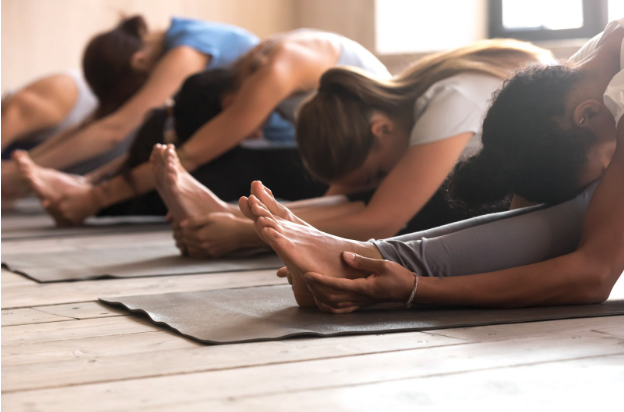The Benefits of Stretching for Parkinson’s Disease: Enhancing Mobility, Reducing Discomfort
Stretching isn’t just for athletes or gym-goers—it’s a powerful, accessible tool for individuals with Parkinson’s disease. Regular stretching can significantly improve quality of life by addressing many of the movement challenges associated with Parkinson’s, such as muscle stiffness, limited range of motion, and postural issues.
Why Stretching Matters for Parkinson’s
People with Parkinson’s often experience rigidity, muscle tightness, and reduced flexibility. Incorporating stretching into a daily routine can:
- Reduce Rigidity and Stiffness: Stretching increases muscle length and joint range of motion, helping to alleviate the common stiffness and discomfort caused by Parkinson’s.
- Improve Range of Motion: Flexible muscles and joints make daily tasks—like walking, dressing, or reaching—more manageable and less tiring.
- Enhance Posture and Balance: Better posture improves stability and reduces the risk of falls, which are a major concern for those with Parkinson’s.
- Alleviate Discomfort: Stretching can ease muscle spasms and reduce pain tied to tight or overworked muscles.
- Support Daily Function: Improved flexibility and mobility make it easier to stay active and engaged in everyday life.
- Boost Functional Mobility: Alongside other exercises, stretching helps maintain overall physical function and independence.
Types of Stretching to Try
Incorporating different types of stretching can address a variety of needs:
- Static Stretching: Holding a stretch for 10–30 seconds to gently lengthen the muscle.
- Dynamic Stretching: Controlled, slow movements (like leg swings or arm circles) that take joints through a full range of motion.
- Assisted Stretching: Performed with the help of a physical therapist, trainer, or caregiver to safely reach optimal stretch positions.
Stretching Tips and Recommendations
To make the most of your stretching routine:
- Consult a professional: Work with a physical therapist or healthcare provider to design a stretching plan that fits your needs.
- Stretch regularly: Aim for at least 10 minutes, several times per week—consistency is key.
- Don’t push into pain: A stretch should feel gentle and relieving, never painful.
- Breathe deeply and evenly: This helps relax your body and supports each stretch.
- Focus on key areas: Include major muscle groups like the hamstrings, calves, hips, shoulders, and back.
Stretching is a simple, low-impact way to improve flexibility, reduce stiffness, and support movement for people living with Parkinson’s. Whether you’re just starting or already active, adding stretching to your daily routine can lead to real, noticeable improvements in your physical and emotional well-being.
Ready to stretch? Watch a stretching video, find a few movements you enjoy, and start slow. Your body will thank you.



